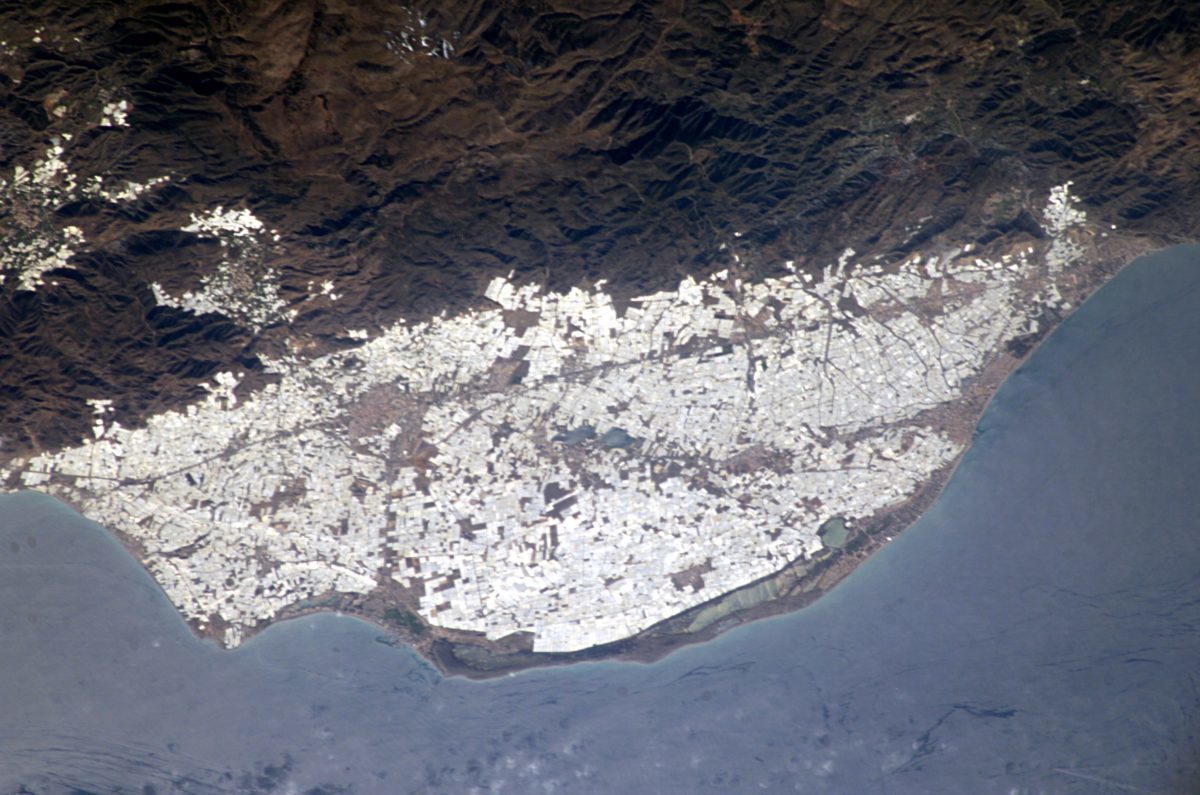From pv magazine International
Scientists from the universities of Córdoba and Almería in Spain have created an analytical model to optimize the utilization of solar-powered irrigation systems.
The proposed approach – described in the paper Optimal management of a multisector standalone direct pumping photovoltaic irrigation system, published in Applied Energy and carried by the ScienceDirect website – hinges on the idea a single solar pump could be used to simultaneously irrigate different parts of a farm.
The model, which aims to reduce peak power demand while extending irrigation time, indicates use of a solar pump across several irrigation areas can help reduce the costs or size of a PV system while enabling better management of the energy yield of the solar generator.
More water, less power
The analytical model developed by the researchers is said to be able to calculate the exact flow and power needed by a single pump to provide water to every possible combination of different zones simultaneously, depending on the amount of power being generated by the solar system.
According to the researchers, a PV irrigation system used to water different zones at the same time can be at least 3% more energy efficient than devoting the device to each part of the farm in turn. In the experiment carried out, simultaneous use of the system required 2.75 kW of electricity while deploying it zone by zone required 3.3 kW.
Optimal performance
“Simultaneous operation also performed better because it succeeded in providing the highest depths of water in the soil at the end of the season,” the study noted. “An extension of the proposed model that integrates the optimization of the irrigation network and pumping station would be adequate to obtain an overall optimal design of the system.”
The research findings were based on a case study of an olive farm divided into four zones in Tabernas, in the province of Almería which is famous for highly intensive agriculture. The region, known as the Sea of Plastic, is dominated by huge clusters of white or transparent poly tunnels. Most of the tomatoes, cucumbers, courgettes, peppers and aubergines produced in the region are exported to other European markets and such intensive crop farming puts intense strain on water resources.
This content is protected by copyright and may not be reused. If you want to cooperate with us and would like to reuse some of our content, please contact: editors@pv-magazine.com.









By submitting this form you agree to pv magazine using your data for the purposes of publishing your comment.
Your personal data will only be disclosed or otherwise transmitted to third parties for the purposes of spam filtering or if this is necessary for technical maintenance of the website. Any other transfer to third parties will not take place unless this is justified on the basis of applicable data protection regulations or if pv magazine is legally obliged to do so.
You may revoke this consent at any time with effect for the future, in which case your personal data will be deleted immediately. Otherwise, your data will be deleted if pv magazine has processed your request or the purpose of data storage is fulfilled.
Further information on data privacy can be found in our Data Protection Policy.